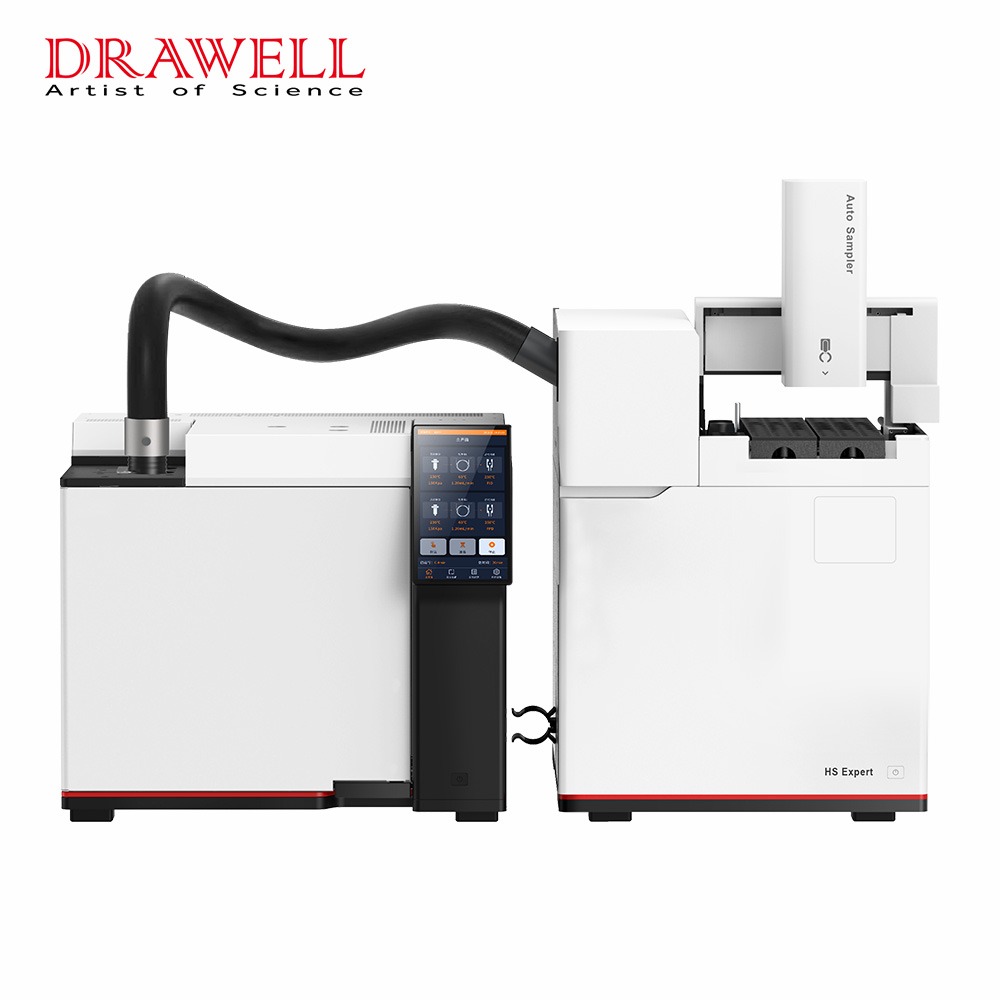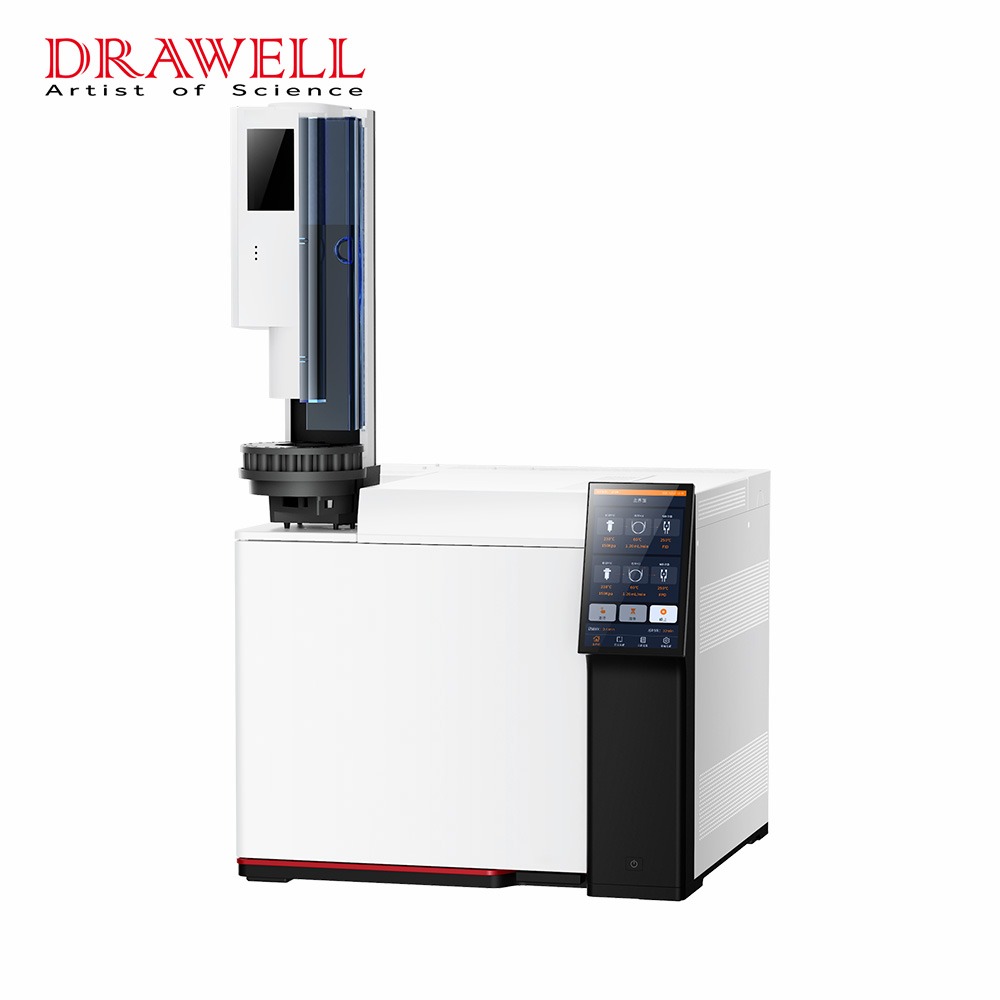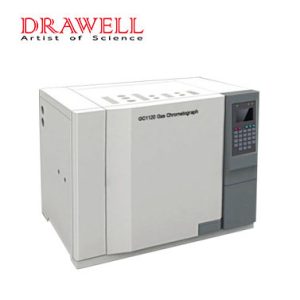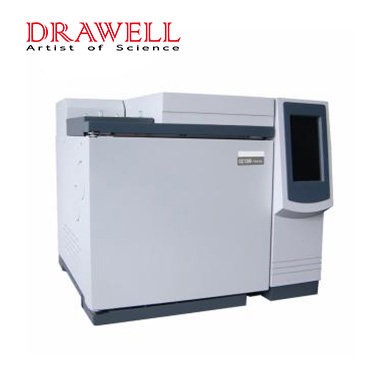Formaldehyde is a ubiquitous chemical compound widely used in the production of resins, textiles, and disinfectants, and has significant industrial and environmental implications. But formaldehyde is also a known human carcinogen, presence in indoor and outdoor environments, as well as in various consumer products, necessitates accurate and reliable methods for its detection and quantification. Gas chromatography (GC) has emerged as a critical tool in formaldehyde assessment, offering high sensitivity, specificity, and versatility in various application contexts.
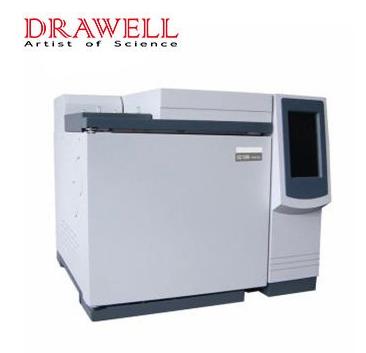
Why Choose Gas Chromatography in Formaldehyde Assessment?
Gas chromatography (GC) is a widely adopted method for formaldehyde assessment due to its numerous advantages that cater to the specific requirements of detecting and quantifying this volatile organic compound. Here are the primary reasons for choosing GC in formaldehyde assessment:
- High Sensitivity and Specificity: GC is renowned for its ability to detect very low concentrations of formaldehyde, which is crucial given the compound’s toxic nature even at trace levels. The specificity of GC allows it to distinguish formaldehyde from other volatile organic compounds (VOCs) present in a sample, ensuring accurate identification and quantification.
- Versatility: One of the standout features of GC is its versatility. GC can be used to analyze formaldehyde in various matrices such as air, water, biological fluids, and solid materials. This adaptability is essential for comprehensive monitoring across different environments and contexts, including indoor air quality, industrial emissions, and biological studies.
- Quantitative and Qualitative Analysis: GC provides both quantitative and qualitative data. It not only measures the concentration of formaldehyde but also identifies its presence among other substances. This dual capability is beneficial for detailed chemical analysis and helps in understanding the broader context of formaldehyde presence in complex mixtures.
- Precision and Accuracy: The precision and accuracy of GC are critical for reliable formaldehyde assessment. GC methods produce reproducible results, which are essential for regulatory compliance, health risk assessments, and scientific research. The high resolution of GC ensures that even closely related compounds are effectively separated and quantified.
- Automation Potential: Modern GC systems can be automated, allowing for high-throughput analysis. Automation reduces the potential for human error, enhances reproducibility, and increases the efficiency of sample processing. This is particularly useful in industrial settings and large-scale environmental monitoring programs where numerous samples need to be analyzed swiftly and accurately.
- Robustness and Reliability: GC is a well-established analytical technique with a long history of development and refinement. Its robustness makes it suitable for routine analysis in various settings, from research laboratories to field applications. The reliability of GC ensures consistent performance, which is crucial for ongoing monitoring and assessment tasks.
- Integration with Other Analytical Techniques: GC can be coupled with other analytical techniques such as mass spectrometry (GC-MS) or infrared spectroscopy (GC-FTIR), enhancing its analytical capabilities. GC-MS, for example, combines the separation power of GC with the identification power of MS, providing a powerful tool for comprehensive formaldehyde analysis.
- Compliance with Regulatory Standards: Many regulatory agencies and standards organizations recognize and recommend GC methods for formaldehyde assessment. Using GC ensures compliance with regulatory requirements and provides a scientifically validated approach to monitoring formaldehyde levels in various environments and products.
- Efficiency in Sample Preparation: With the advent of advanced sample preparation techniques like solid-phase microextraction (SPME) and derivatization methods, GC has become even more effective in formaldehyde analysis. These techniques streamline the process, reduce preparation time, and enhance the accuracy of formaldehyde detection.
In summary, gas chromatography offers a combination of sensitivity, specificity, versatility, precision, and reliability that makes it the preferred method for formaldehyde assessment. Its ability to handle various sample types and integrate with other analytical techniques further enhances its utility, making it an indispensable tool in the field of environmental monitoring, industrial safety, and scientific research.

Specific Applications of Gas Chromatography in Formaldehyde Assessment
Gas chromatography (GC) can accurately detect and quantify formaldehyde in various matrices makes it indispensable across multiple fields. Here are the primary applications of GC in formaldehyde assessment:
| Application | Brief Introduction | |
| Environmental Monitoring | Indoor Air Quality | Monitoring formaldehyde levels in indoor environments to ensure safety standards and protect public health. |
| Outdoor Air Pollution Studies | Measuring formaldehyde concentrations in the atmosphere to contribute to air quality management and pollution control strategies. | |
| Industrial Applications | Workplace Air Monitoring | Assessing air quality in industrial settings to protect workers’ health and ensure compliance with occupational health regulations. |
| Product Testing | Evaluating formaldehyde emissions from consumer products like textiles, plastics, and wood composites to meet regulatory standards. | |
| Biological Studies | Measurement in Biological Specimens | Detecting and quantifying formaldehyde in biological samples (blood, urine, tissues) for exposure assessment and toxicological studies. |
| Metabolism Studies | Studying the metabolism of formaldehyde in living organisms to understand its toxicological mechanisms and develop mitigation strategies. | |
| Other Studies | Environmental Health Assessments | Evaluating formaldehyde exposure in various environments (residential, commercial, industrial) to identify sources and develop mitigation strategies. |
| Regulatory Compliance | Using GC data to enforce formaldehyde emission standards and ensure compliance with environmental and occupational health regulations. | |
| Research and Development | Studying formaldehyde’s properties, sources, and effects to develop new materials with lower emissions and safer industrial processes. | |
| Quality Control in Manufacturing | Ensuring products meet safety and quality standards regarding formaldehyde content during production in industries like building materials, furniture, and textiles. | |
| Environmental Remediation | Assessing the effectiveness of remediation efforts aimed at reducing formaldehyde pollution by measuring levels before and after treatment. | |
In summary, gas chromatography’s diverse applications in formaldehyde assessment make it an essential tool in environmental monitoring, industrial safety, biological studies, regulatory compliance, research, and manufacturing.
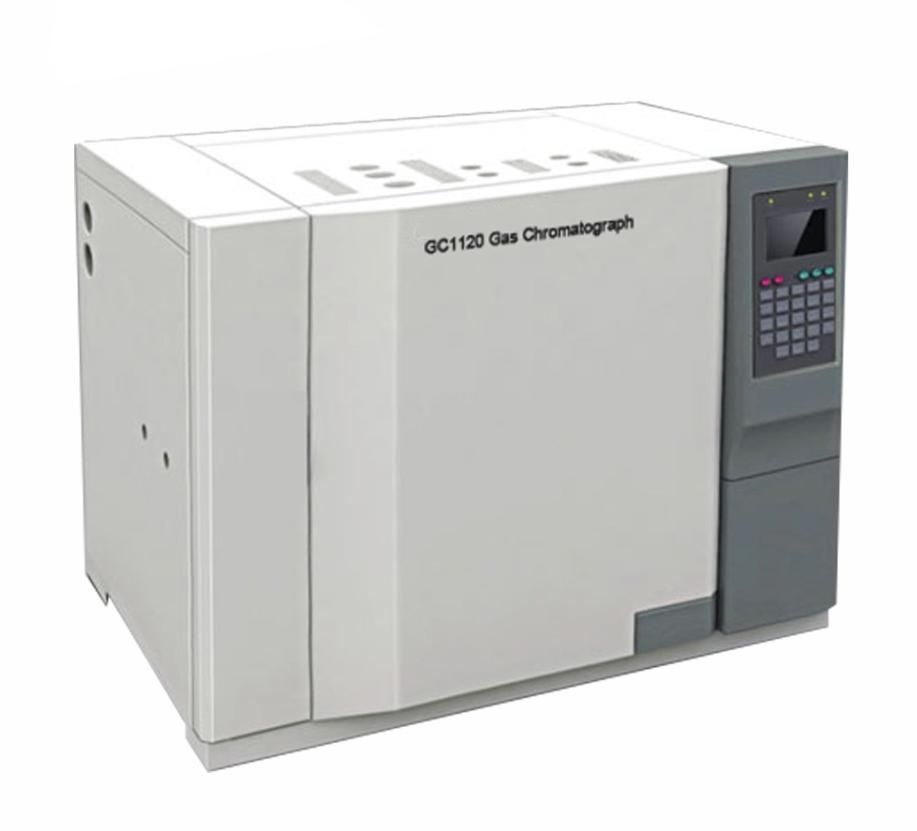
How Does Gas Chromatography Work in Formaldehyde Assessment?
In formaldehyde assessment, GC plays a crucial role due to its high sensitivity, specificity, and ability to handle various sample types. The basic principles of GC in formaldehyde assessment involve the following steps:
1. Sample Preparation and Collection
Air Sampling
Formaldehyde in air can be collected using solid sorbents, liquid impingers, or solid-phase microextraction (SPME). Solid sorbents trap formaldehyde from air samples, which can then be desorbed and analyzed. SPME is a technique where a fiber coated with an extracting phase is exposed to the air sample, absorbing formaldehyde.
Liquid and Solid Samples
For water and solid samples, derivatization is often required. This involves reacting formaldehyde with a reagent to form a derivative that is more easily detected by GC. The most common reagent used is 2,4-dinitrophenylhydrazine (DNPH), which reacts with formaldehyde to form a hydrazone derivative.
2. Derivatization
Derivatization is a key step in formaldehyde analysis by GC. It converts formaldehyde, which is difficult to analyze directly due to its high volatility and reactivity, into a more stable compound. For instance, formaldehyde reacts with DNPH to form a hydrazone derivative, which can then be separated and detected more efficiently by GC.
3. Injection
The prepared sample is introduced into the GC system using one of several injection methods:
- Split/Splitless Injection: Common for volatile compounds. In split mode, only a portion of the sample enters the column, while in splitless mode, the entire sample is directed into the column.
- On-Column Injection: Used for samples that may decompose at higher injector temperatures. The sample is injected directly into the column.
4. Separation
Once the sample is injected, it is vaporized in the injector and carried by an inert carrier gas (e.g., helium, nitrogen) into the GC column. The column contains a stationary phase, which interacts differently with each component of the sample, causing them to separate based on their boiling points and affinities for the stationary phase.
5. Detection
After separation in the column, the components of the sample are detected as they exit the column. Common detectors used in GC for formaldehyde analysis include:
- Flame Ionization Detector (FID): Sensitive to organic compounds and widely used in GC for its reliability and ease of use.
- Mass Spectrometer (MS): Provides detailed molecular information by ionizing the sample components and measuring their mass-to-charge ratios. This combination (GC-MS) offers high sensitivity and specificity for formaldehyde detection.
- Thermal Conductivity Detector (TCD): Measures changes in the thermal conductivity of the gas stream and can be used for detecting formaldehyde and other compounds.
6. Data Analysis
The detector generates a chromatogram, a plot of the detector response as a function of time. Each peak in the chromatogram corresponds to a different component in the sample. The area under the peak is proportional to the concentration of the compound, allowing for quantitative analysis.
7. Interpretation and Reporting
The chromatogram is analyzed to identify and quantify formaldehyde in the sample. The retention time (the time it takes for a compound to travel through the column) helps in identifying the compound, while the peak area or height provides quantitative information. This data is compared against calibration standards to ensure accuracy and precision.
In summary, gas chromatography’s precision, sensitivity, and versatility enable accurate detection and quantification of formaldehyde across different matrices, contributing significantly to public health and environmental protection.
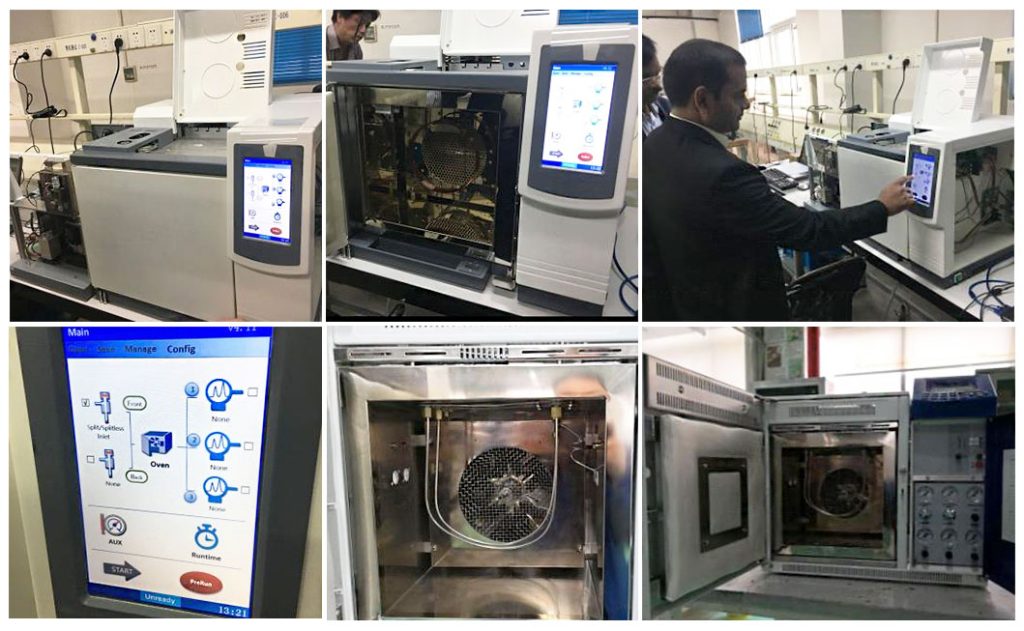
Conclusion
Gas chromatography is a powerful and versatile tool for formaldehyde assessment across various applications. Its high sensitivity, specificity, and ability to handle complex mixtures make it indispensable in environmental monitoring, industrial applications, and biological studies. As technology advances, GC methods continue to evolve, offering even greater precision and ease of use. The ongoing development of more efficient and accurate testing techniques promises to enhance our ability to detect and manage formaldehyde, thereby contributing to improved public health and environmental safety.

